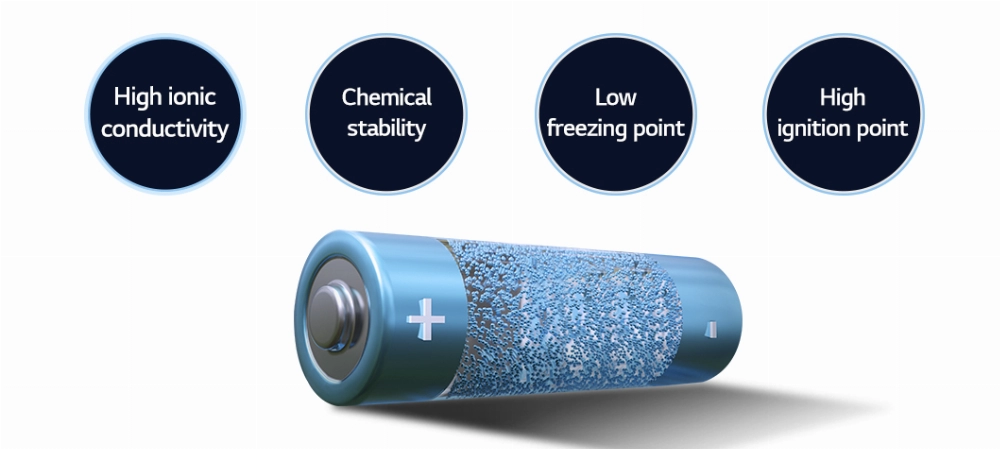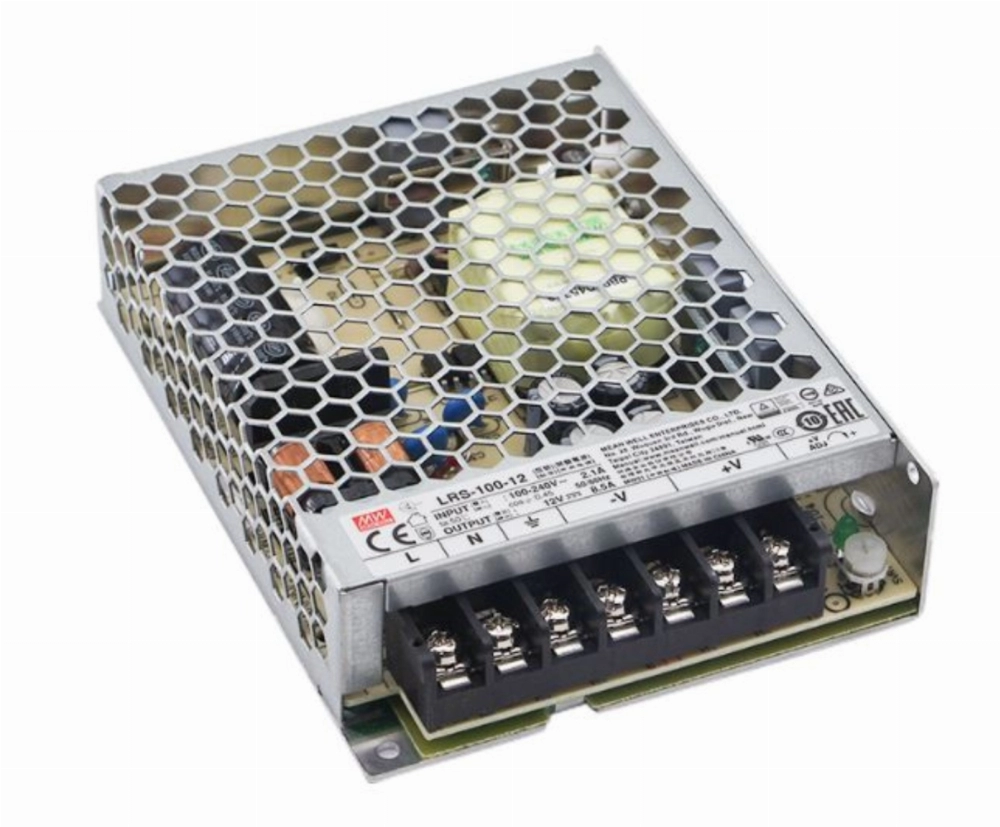KHZH Lithium Battery Electrolyte Guide
Part 1: What is Lithium Battery Electrolyte?
Electrolyte is one of the four key materials of lithium-ion batteries and is often referred to as the “blood” of the battery. Its main function is to facilitate the movement of lithium ions between the positive and negative electrodes, ensuring that the battery can provide high voltage and high specific energy.
Simply put, the electrolyte is like water in a swimming pool, allowing lithium ions to move freely. The latest research shows that electrolyte costs account for about 15% of the total production cost of lithium-ion batteries.
Battery electrolyte is mainly composed of lithium salt and organic solvent. They conduct ions between the positive and negative electrodes, which helps lithium-ion batteries maintain high voltage and energy efficiency.
Part 2. What are the Uses of Lithium Battery Electrolyte?
1. Facilitate Ion Transport
Lithium battery electrolyte contains lithium ions (Li+), which move freely in the electrolyte. During charging, lithium ions move from the positive electrode to the negative electrode. Conversely, during discharge, they move back, completing the electrical cycle necessary for power transmission.
2. Maintain Battery Reaction Balance
Lithium-ion battery electrolyte contains solvents and additives, such as organic compounds and salts. These components help maintain the balance of electrochemical reactions, ensuring stable and efficient transfer of lithium ions between the electrodes.
3. Regulate Battery Temperature
The electrolyte’s operating temperature range is determined by factors such as its liquid phase, low-temperature conductivity, and thermal stability. The solvent in the electrolyte absorbs and releases heat, preventing the battery from overheating or overcooling. This regulation helps improve the overall safety and extend the service life of the battery.
Part 3. Types of Lithium-ion Battery Electrolytes
1. Liquid Electrolyte
Liquid electrolyte is the earliest type of electrolyte used in lithium batteries. Its main components include lithium salt, organic solvent, and additives. Lithium salt enables ion conduction, organic solvent acts as a transmission carrier, and additives enhance stability and conductivity.
2. Gel Electrolyte
Gel electrolyte is between liquid and solid, with high ionic conductivity and reduced leakage risk. It consists of a polymer matrix, lithium salt, organic solvent, and additives. Gelation is achieved by adjusting the ratio of polymer matrix to lithium salt, which improves the battery’s safety and cycle life.
3. Solid-State Electrolyte
Solid-state electrolytes, which do not contain organic solvents, are primarily composed of lithium salts, polymer matrices, and additives. These electrolytes offer higher safety and energy density. However, issues such as ion conductivity and battery cycle life still need to be resolved to achieve widespread application.
Part 4. Composition of Battery Electrolyte
Battery electrolyte typically contains lithium salt, organic solvent, additives, and other necessary raw materials, mixed in specific proportions to optimize battery performance.
Part 5. What is Lithium Salt?
There are many types of lithium salts, but commercial lithium-ion batteries only use a small number of them. Ideal lithium salts must possess certain key properties to ensure optimal battery efficiency and safety.
To learn about different types of batteries and how they work in various applications, check out our comprehensive guide: 18650 Battery Types Explained for Optimal Use.
## Part Six: What are the Organic Solvents in Lithium Batteries?
The main component of liquid electrolytes is organic solvents, which dissolve lithium salts and act as carriers for lithium ions. Ideally, organic solvents in lithium-ion battery electrolytes should have the following properties:
- High dielectric constant and strong lithium salt solubility.
- Low melting point and high boiling point, ensuring it remains liquid over a wide temperature range.
- Low viscosity, which is conducive to the efficient conduction of lithium ions.
- Good chemical stability, which will not damage the positive and negative electrode structures or dissolve the electrode materials.
- High efficiency, good safety, low cost, non-toxic, and environmentally friendly.
Common organic solvents in lithium battery electrolytes are mainly divided into carbonate solvents and organic ether solvents. Generally, a mixed solvent containing two or more organic solvents is used to enhance the overall performance of the electrolyte. This allows the solvents to leverage each other’s strengths for superior performance.
Part Seven: What are Lithium Battery Additives?
Lithium-ion battery additives are used in small amounts but have a significant impact. They are a practical and economical way to improve battery performance. By adding a small amount of additives to the electrolyte, specific battery properties can be enhanced. These properties may include reversible capacity, electrode/electrolyte compatibility, cycle life, charge-discharge rate performance, and safety characteristics, all of which play a crucial role in the overall performance of lithium-ion batteries.
Ideal lithium-ion battery electrolyte additives should possess the following qualities:
- High solubility in organic solvents.
- Effective even in small quantities.
Liquid Metal Batteries vs. Lithium-Ion Batteries: A Comparative Analysis
Explore the differences between liquid metal batteries and lithium-ion batteries in this detailed analysis. Compare key characteristics, applications, advantages, disadvantages, cost factors, and the future prospects of these technologies.
Understanding LiPo Batteries: Capacity, Cycle Life, and More
Gain a comprehensive understanding of LiPo (Lithium Polymer) batteries – covering important aspects like capacity, energy density, cycle life, and more. Learn how to optimize performance and avoid common mistakes with this comprehensive guide.
What is a U1 Battery?
Delve into the characteristics of U1 batteries, including their dimensions, types, differences, and maintenance tips. Find out if an AGM or lithium U1 battery is more suitable for your needs and how to make the right decision.
SLI Batteries Explained: Types, Uses, and How They Work
Learn what an SLI (Starting, Lighting, and Ignition) battery is, its purpose, and the different types available. Understand the key distinctions between AGM, EFB, and deep cycle batteries, as well as key maintenance practices for keeping your SLI battery performing optimally.








